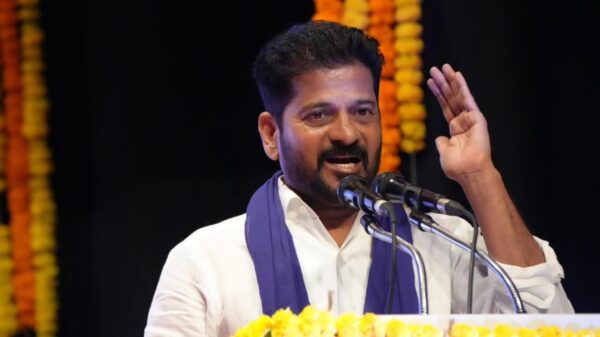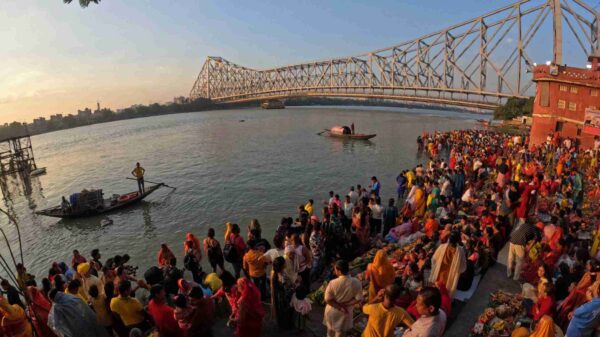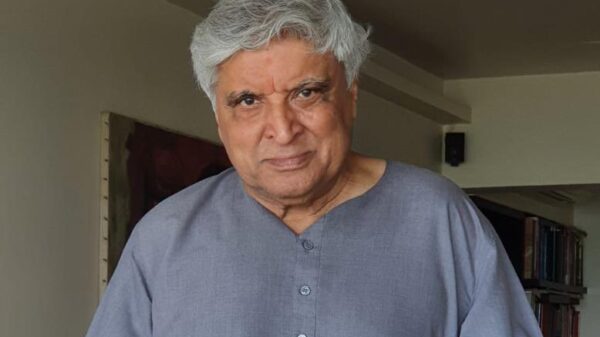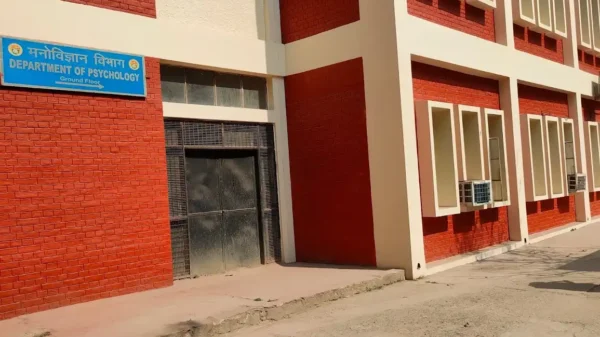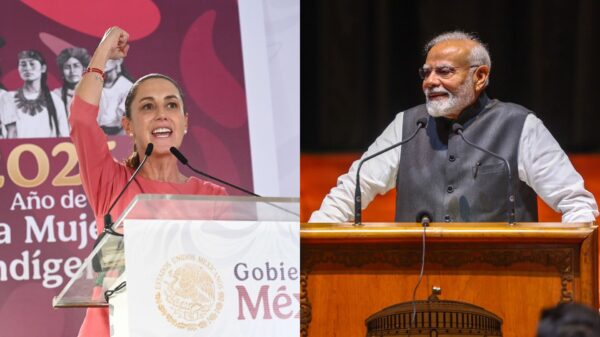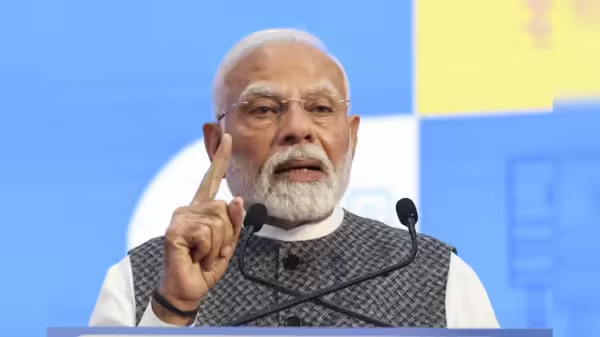Chief Justice of India (CJI) Dhananjaya Y Chandrachud applauded the increasing number of women joining the district judiciary as judges.
The CJI welcomed a group of 75 freshly recruited civil judges from Maharashtra and noted that 42 of them were women, signifying a “changing times” trend in the legal profession.CJI Chandrachud emphasized this positive shift, stating, “We now have around 40% women joining as judges in the district judiciary.” He also revealed that the group of civil judges comprised not only legal professionals but also national-level sportspersons, successful singers, painters, dancers, and other artists.
The CJI acknowledged senior counsel Dushyant Dave’s appreciation of the rise in female representation, adding that such diversity in constitutional courts would be welcomed. However, he pointed out that a lawyer typically requires 15 years of experience before becoming a high court judge, underscoring that today’s appointments shape the judiciary of the future.
CJI Chandrachud revealed that the Supreme Court appointed an interpreter to assist a lawyer with hearing impairment, ensuring inclusivity in courtroom proceedings. “This is the first time a court-appointed interpreter appears here,” he stated.
Senior advocate Menaka Guruswamy lauded this decision, calling it a “momentous” moment that highlights the true diversity within the court.
Data presented by the Union government in August indicated that women constitute just over 13% of high court judges but make up a relatively better proportion of over 36% in the district judiciary.
While the Supreme Court presently has a sanctioned strength of 34 judges, only three are women. High courts, with a sanctioned strength of 1,114 judges, have a working strength of 767, where women judges represent a mere 13%.
In contrast, the district judiciary, with a working strength of 19,858 judges, boasts a higher women’s representation at 36.27%, according to August data.
A study initiated by Tata Trusts found that the national average of women judicial officers in India is 35%, with several states exceeding 50% women judges. Goa district judiciary leads with 70% women judges, followed by Telangana (52.8%) among the larger states and Meghalaya (62.7%), Sikkim (52.4%), and Mizoram (51.2%) among the smaller states.The 2022 India Justice Report stated that, across the justice system, one out of 10 is a woman, emphasizing the need for continued efforts to improve gender diversity within the Indian judiciary.







